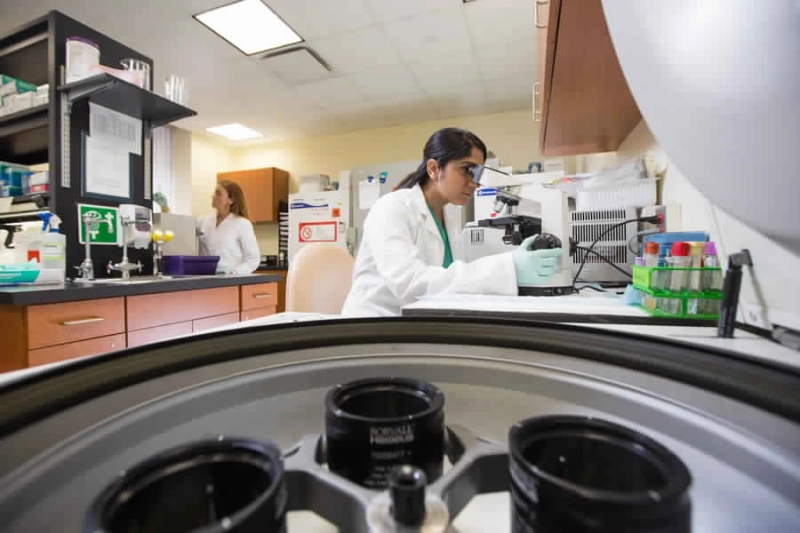Analytical methods measuring compounds and elements are vital for supporting environmental, medical, pharmaceutical, and biological sciences. Scientists, therefore, develop specific quantitative procedures and characterize them to demonstrate their efficiency in quantitating the target molecule. Such a characterization of the analytical method is called method validation.
An analytical method capable of sensitive and selective quantification of drugs and their analytes is crucial in the success of preclinical and clinical pharmaceutical or toxicology studies. Bioanalytical method validation comprises a plethora of bioanalytical procedures that measure analytes in biological matrices and facilitates reproducible and reliable data generation. Sensitivity, selectivity, precision, accuracy, and stability are the fundamental parameters of assay validation.
How much bioanalytical method validation is needed?
Scientists often modify a published method to suit the required aspects of the laboratory parameters. Companies should validate these modifications to ensure the assay is reliable and performs according to the intended use. As specific criteria for these modifications are not available, scientists should exercise caution and make a judgment on how much validation is needed. During the drug development phase, a bioanalytical method undergoes varying degrees of modifications. Depending on the level of validation, there are three different validations, full-validation, partial-validation, and cross-validation.
Full validation is needed in the case of a new drug entity and during the development and implementation of a novel bioanalytical method. Scientists should also validate a revised assay if they add new metabolites to a pre-existing assay. Partial validation, as the name suggests, is the validation when modifications are made to an existing validated method. Partial validation can be a minor modification such as an intra-assay accuracy determination or a nearly complete validation. Typical changes that come under partial validation are test method transfer among laboratories, alterations in sample processing, changes in laboratory instruments, etc. Scientists perform cross-validation to compare validation factors when two or more analytical methods are employed in data generation across different studies or within the same one.
How to document a bioanalytical method validation?
The assay validation report should comprise the documentation of successful bioanalytical studies. Assay validation reports should be complemented with specific and general standard operating procedures (SOPs) and excellent record keeping. Quality controls and generated data should be readily available for audit and inspections.
Document submission to regulatory agencies needs summary information (summary table), bioanalytical method development and establishment reports (operational description, documentation of accuracy and precision, etc.), reports of bioanalytical method application to routine sample analysis (summary table, evidence of purity, equations, etc.) and other applicable information needed in the development and establishment of assay method validation (lists of abbreviations, reference lists, SOPs, etc.).
Conclusion
Bioanalytical method validation is a vital step in the drug discovery and development phase. In the case of an already validated bioanalytical method, drug developers often employ test method transfer for analytical method development and validation. Method development and validation services are particularly abreast with the steadily evolving regulatory guidelines, as assay validation data is of high importance to build an opinion on the use and performance of a novel bioanalytical method or an innovative assay protocol.



